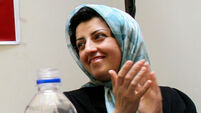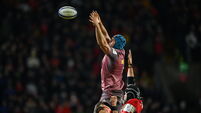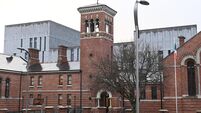Mass graves reveal grisly secret of missing Kurds
The discovery was disclosed as Saddam Hussein’s murderous half-brother yesterday became the Allies most important catch so far in their hunt for the leaders of the former Iraqi regime.
Kurdish officials said at least 2,000 unmarked graves were discovered just outside the oil-rich city, in an area where Saddam Hussein’s forces had repressed Iraqi Kurds in the past.
The officials said the area was a mass grave where the Iraqi army killed Kurds in the late 1980s. The site is reported to be close to an old Iraqi military base. The claims have not yet been independently verified and there has been no excavation of the site.
The UN is set to probe reports that Saddam ordered thousands of Iraqi civilians to be executed and buried in mass graves in the desert.
A former colonel in the regime’s security force claimed to have witnessed the slaughter of thousands of Kurds and Shi’ite Muslims in the 1980s and 1990s. Victims, who were told they were being relocated, were packed into overcrowded buses and taken to sites in the desert west of Baghdad before being either shot or buried alive, he said.
The unnamed colonel said: “Some were lined up and machine-gunned before being covered with sand. Others were just buried alive,” he said. He said some of the alleged killings were ordered after the Shi’ite uprisings in the south at the time of the first Gulf War.
Saddam’s half-brother, Barzan Ibrahim Hasan al-Tikriti, the former head of Saddam’s intelligence service, was captured by special forces and US Marines in Baghdad.
He stands accused of genocide, mass murder and personally taking part in bloodthirsty torture sessions.
One opposition figure told how Barzan ate pizza and quaffed beer while torturing him in Baghdad’s infamous Palace of the End.
For years Barzan acted as Saddam’s banker with his hands on the purse strings of a €20bn fortune. His worst crime is said to have been organising the disappearance of up to 8,000 Kurds in 1982, including boys as young as 14.













